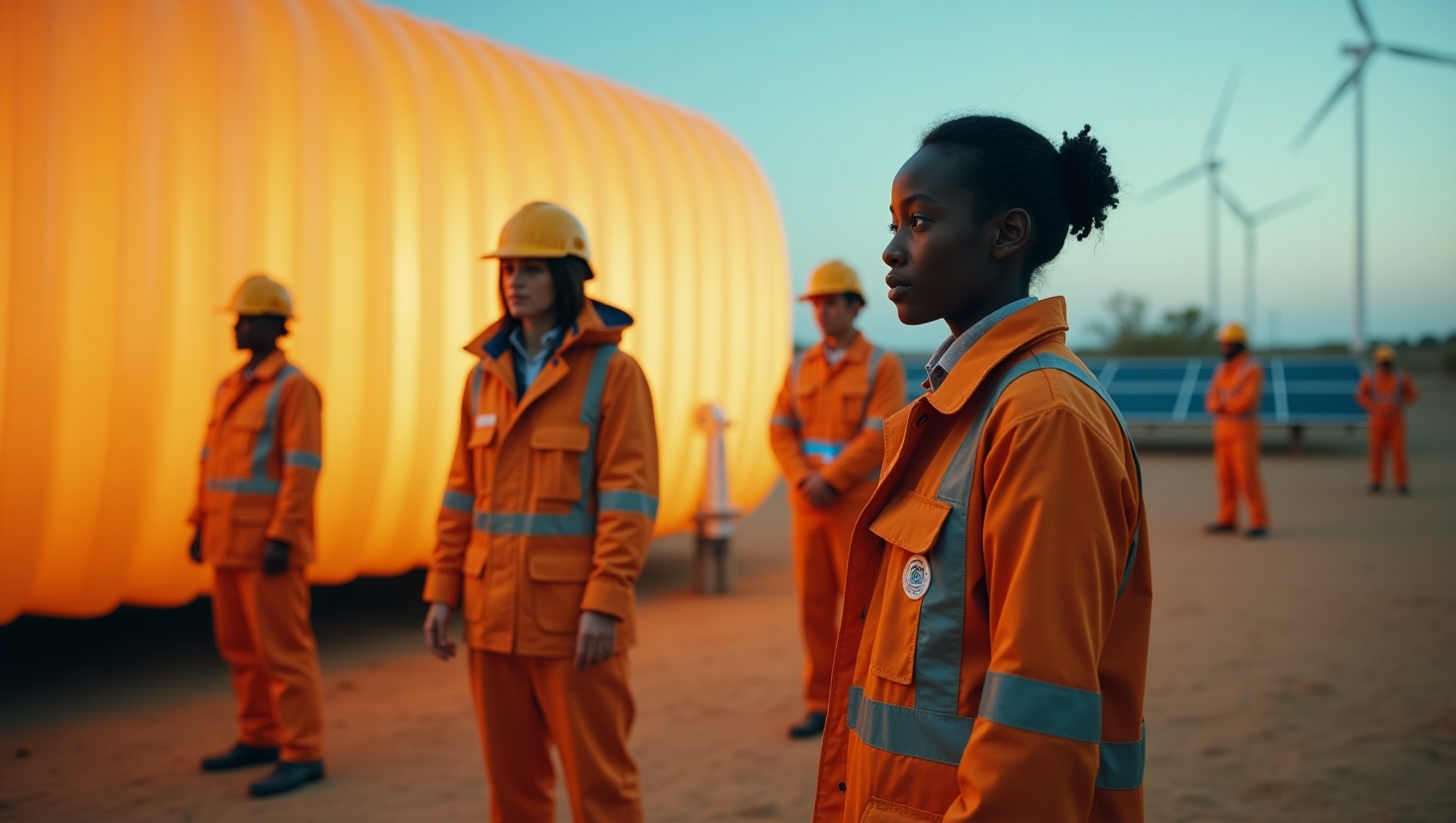The Hidden Cost of 100% Renewables: South Australia’s $102B Silence on the LDES Tender Reality
Subtitle: Why Long-Duration Energy Storage Is the Key to Grid Reliability and Energy Independence
Introduction: Why Long-Duration Storage Is Betting the Future
South Australia’s FERM tender launches in October 2024, targeting 700MW of long-duration storage to address grid reliability amid a push for 100% renewables by 2027. This move highlights a global shift, but it masks hidden costs in massive investments and infrastructure overhauls. While promising energy independence, the silence on financial realities raises questions about sustainability.
Long-duration storage (LDES) refers to technologies that store energy for at least eight hours, bridging gaps in renewable generation from wind and solar. LDES tenders like this drive renewable firming, stabilizing grids and fostering self-sufficient energy systems. However, the true expense of scaling these solutions often remains unspoken.
- 3 Critical Benefits of LDES Solutions
- Enhances grid stability by smoothing intermittent renewables, reducing blackout risks.
- Boosts self-sufficient energy by minimizing fossil fuel reliance.
- Enables economic gains through optimized energy trading during peak prices.
What is long-duration storage?
Long-duration storage is energy storage capable of holding and dispatching power for eight hours or more, essential for renewable firming. It differs from short-duration batteries by handling extended periods of low generation. For more, check Australia’s energy policies here.
Background: The Grid Instability Crisis Fuelling LDES Adoption
Retiring thermal plants clash with surging renewables, creating reliability gaps in Australia’s National Electricity Market (NEM). South Australia’s 477MWh Blyth Project serves as an early example of LDES-ready systems stepping in. Yet, these solutions come with hidden costs, as the transition demands billions in upgrades often overlooked.
\”NEM-specific battery optimisers capture more revenue during AU$20,300/MWh NSW price spikes,\” illustrating the economic value of long-duration storage source. States and territories pour investments into renewables, but some face revenue declines in Australia’s least valued sectors, averaging US$13.8. This underscores the tension between growth and the unspoken financial burdens of achieving self-sufficient energy.
Trend: Global LDES Tenders Ignite a Renewable Firming Revolution
South Australia’s LDES tender under the Firm Energy Reliability Mechanism (FERM) seeks 700MW to bolster grid stability. This competitive process reveals the scale needed for renewable firming, but it also exposes potential costs not publicly discussed. Globally, similar initiatives signal a shift toward self-sufficient energy, yet funding realities often stay silent.
| Metric | Details |
|——————|—————————|
| Capacity | 700MW total |
| Timeline | 400MW/2028 • 200MW/2029 • 100MW/2031 |
| Minimum Stack | 30MW per project |
| Deadline | Bids Nov 2025 • Winners Apr/May 2026 |
SGRE (Suzlon Group) challenges Chinese manufacturers in LDES markets, pushing innovation. The FERM model could replicate in regions aiming for 100% renewables by 2027, but the $102B industry scale hints at hidden expenses source.
Insight: Self-Sufficient Energy – LDES as the Cornerstone
Long-duration storage plays a strategic role in renewable firming, smoothing wind and solar intermittency without fossil backups. The Mannum BESS case study shows viable self-sufficient energy grids through extended capacity. However, building these systems incurs significant costs, often downplayed in public discourse.
Administrators like ASL enable competitive LDES tender procurement, while firms such as AGL and Neoen set benchmarks (\”See you in 2025\”). These innovations catalyze progress, but the financial silence on scaling to energy independence raises concerns about affordability.
Forecast: Where LDES and Renewable Firming Are Headed
Renewable industry profits hit $102.67B by 2024, yet this masks the hidden costs of transitioning to 100% renewables. Expect 40% growth in long-duration storage capacity by 2030, with eight-hour minimums as global standards for resilience. The silence on these investments could burden taxpayers and utilities.
Two dual trends emerge. First, policy surges see more states like South Australia launching LDES tenders. Second, tech leaps from battery optimizers to advanced renewable firming solutions pave the way for true self-sufficient energy, but at what unreported price?
In summary, long-duration storage is indispensable for renewable firming, though the $102B reality demands transparency.
Call to Action: Arm Yourself for the Long-Duration Storage Boom
Step 1: Download our \”LDES Tender Blueprint\” for government and utility operators to navigate costs. Step 2: Explore firms like Neoen and AGL leading renewable firming pilots for insights. Step 3: Join webinars on integrating self-sufficient energy strategies into portfolios, addressing hidden challenges.
For more on South Australia’s energy initiatives, visit Energy Mining SA.
FAQ
- What capacity does FERM require? The tender targets 700MW of long-duration storage, split across timelines.
- How does LDES support renewable firming? It stores energy for extended periods, stabilizing grids during low renewable output.
